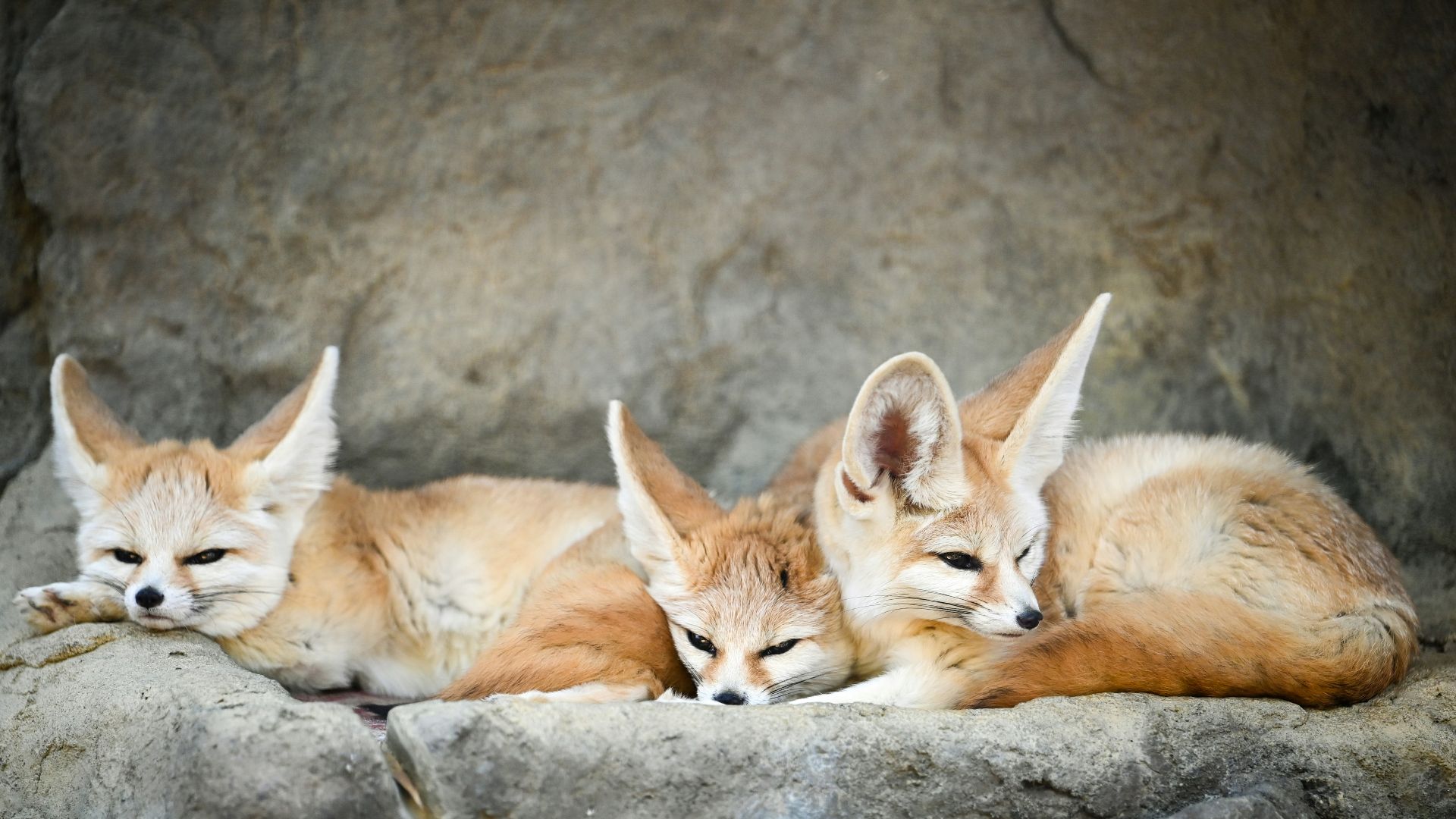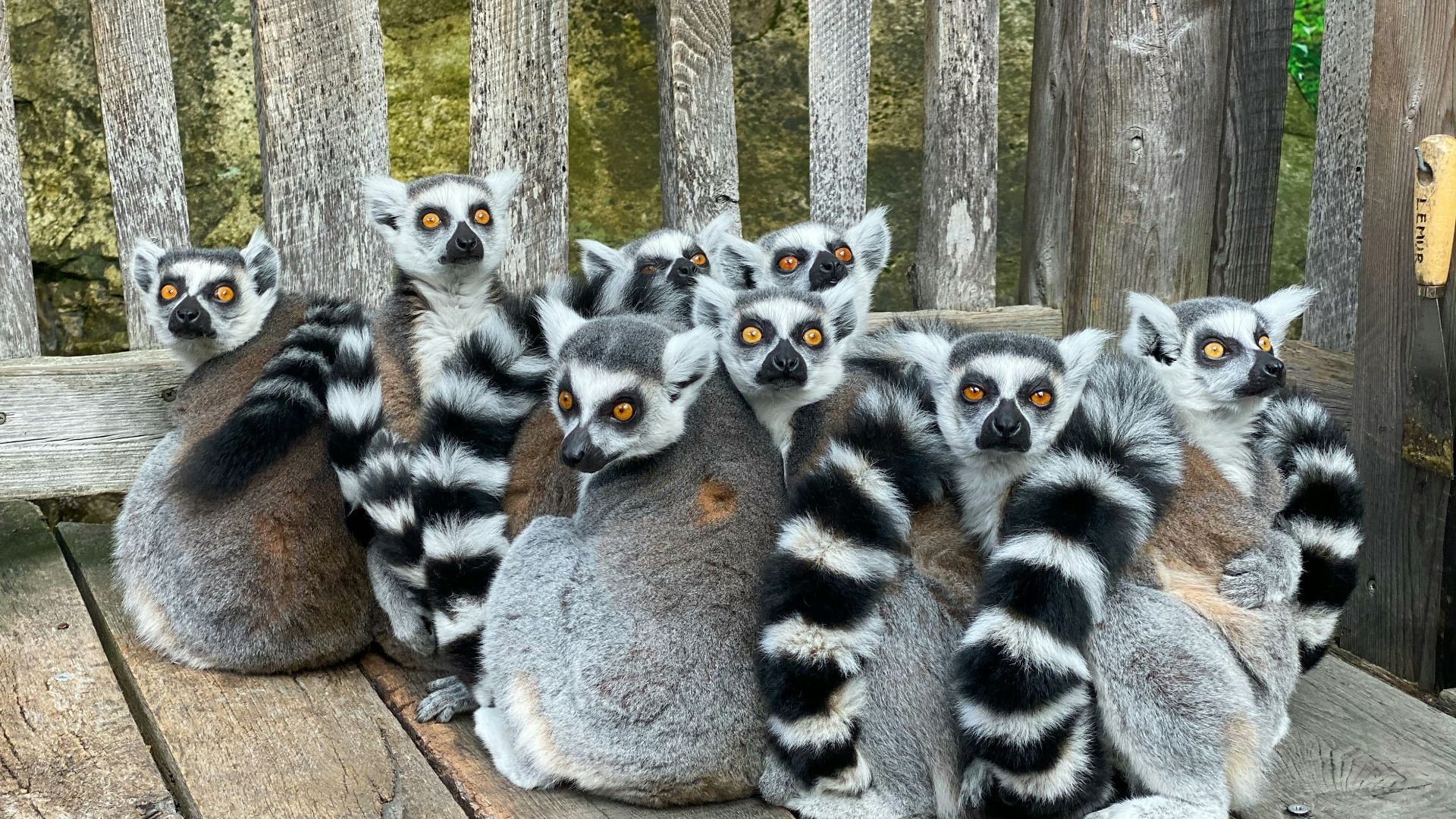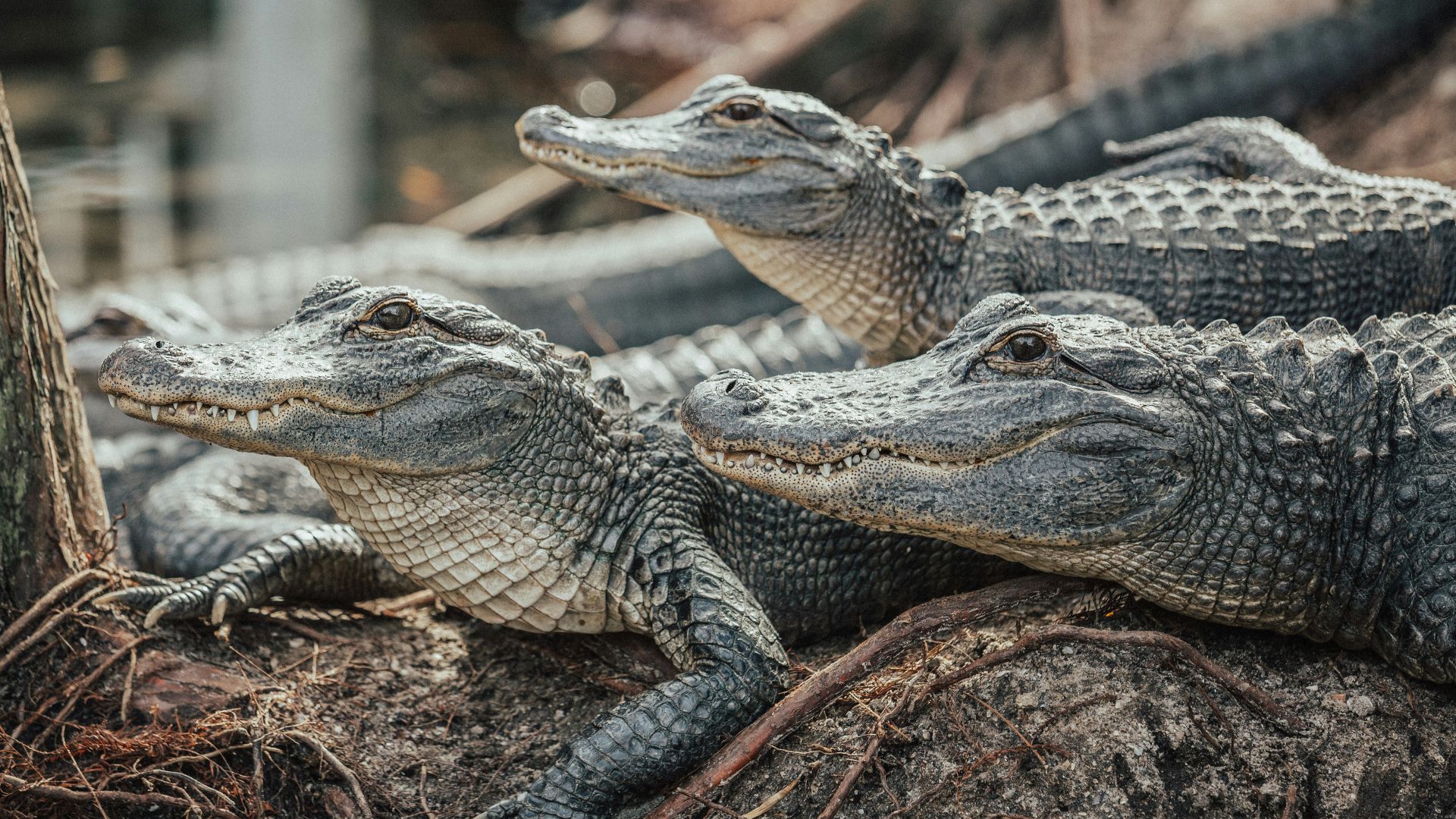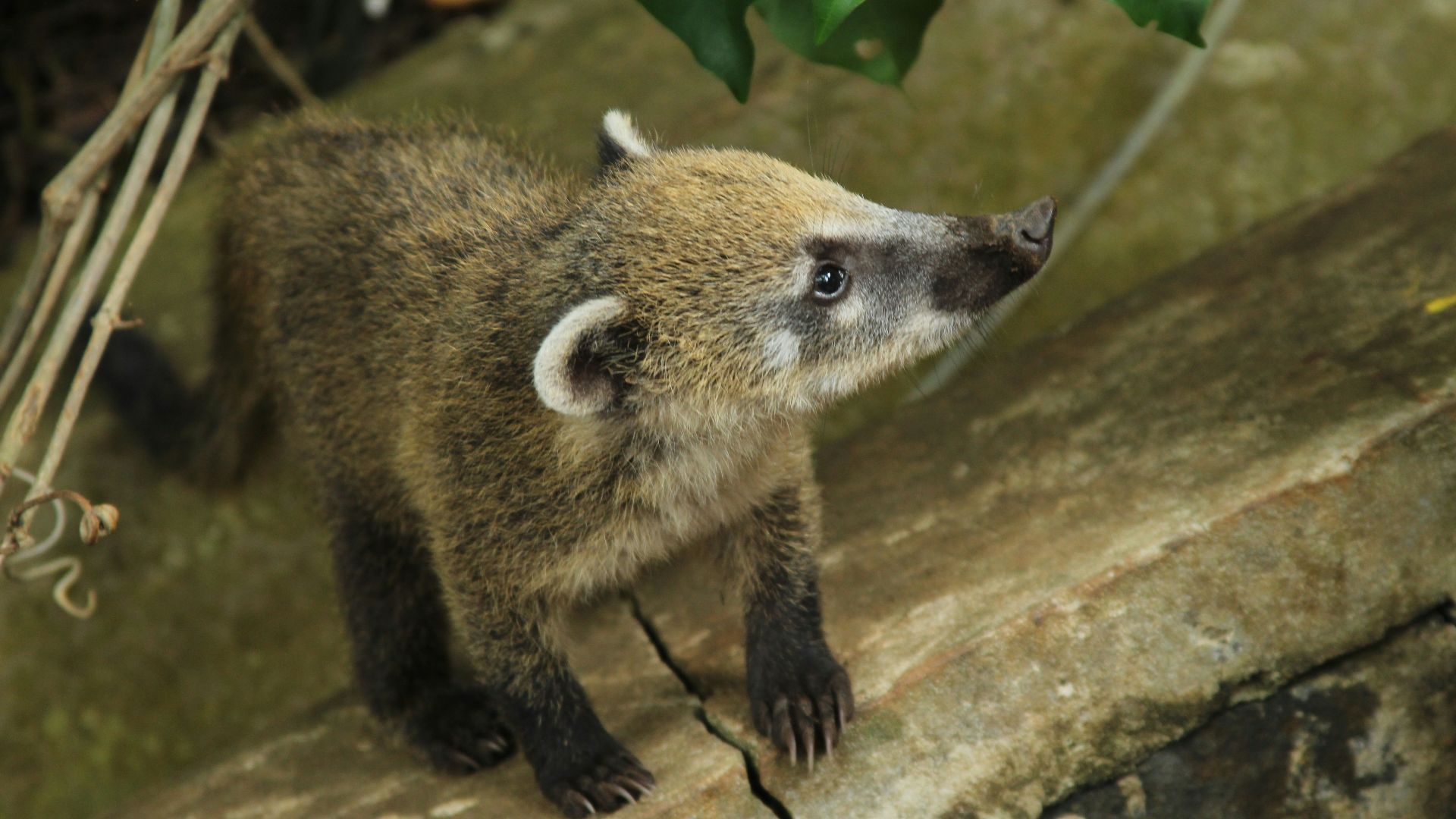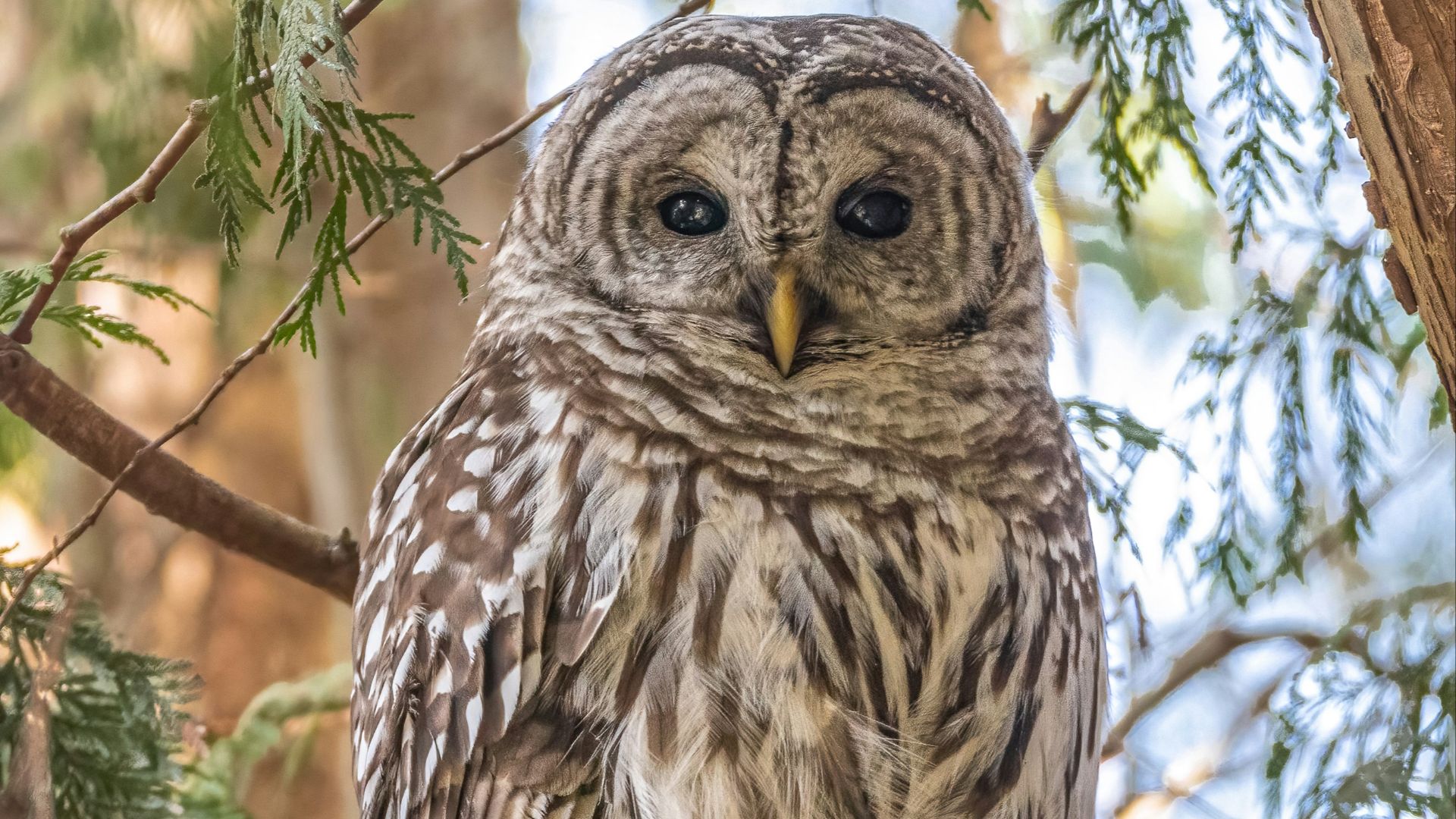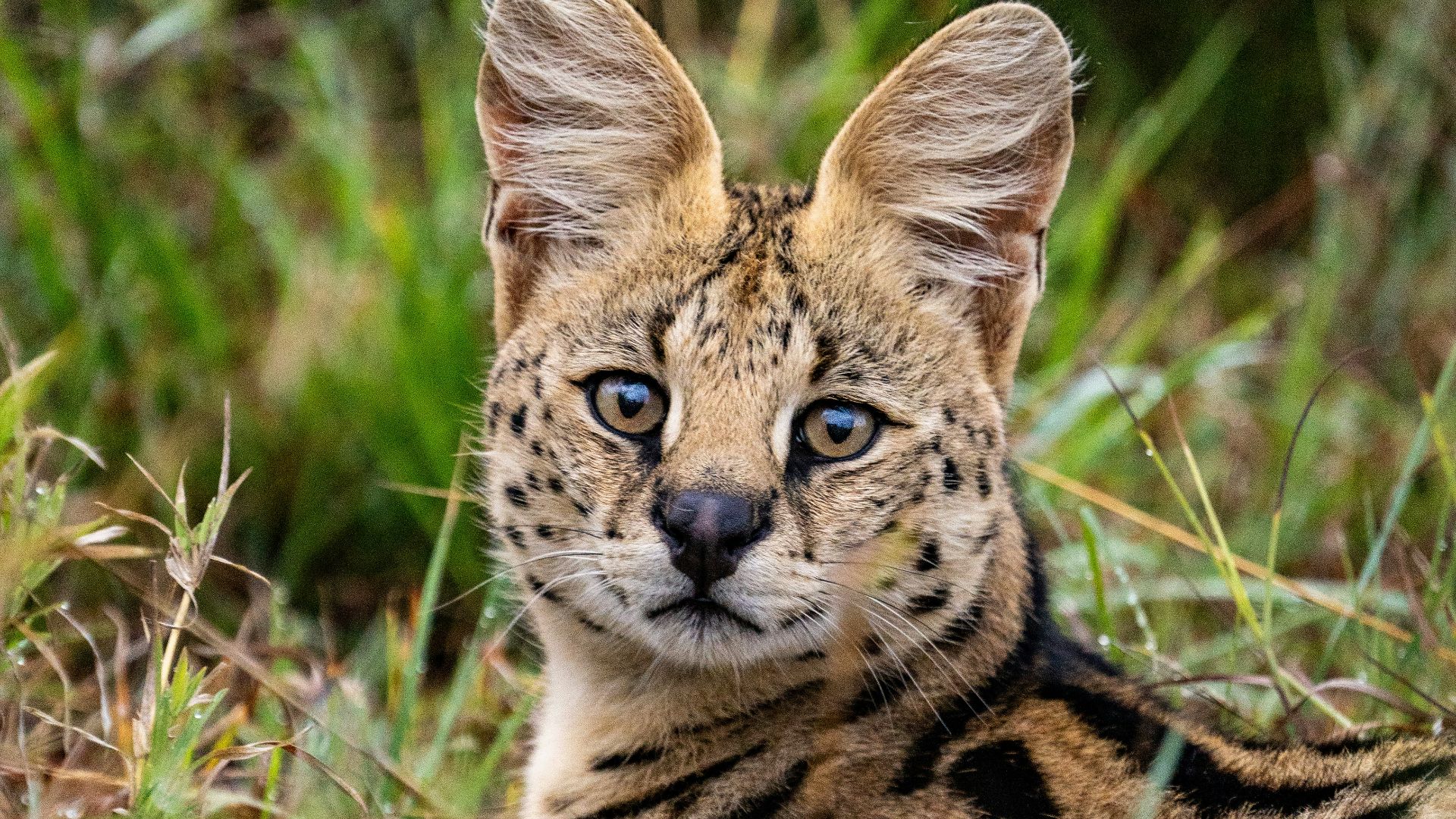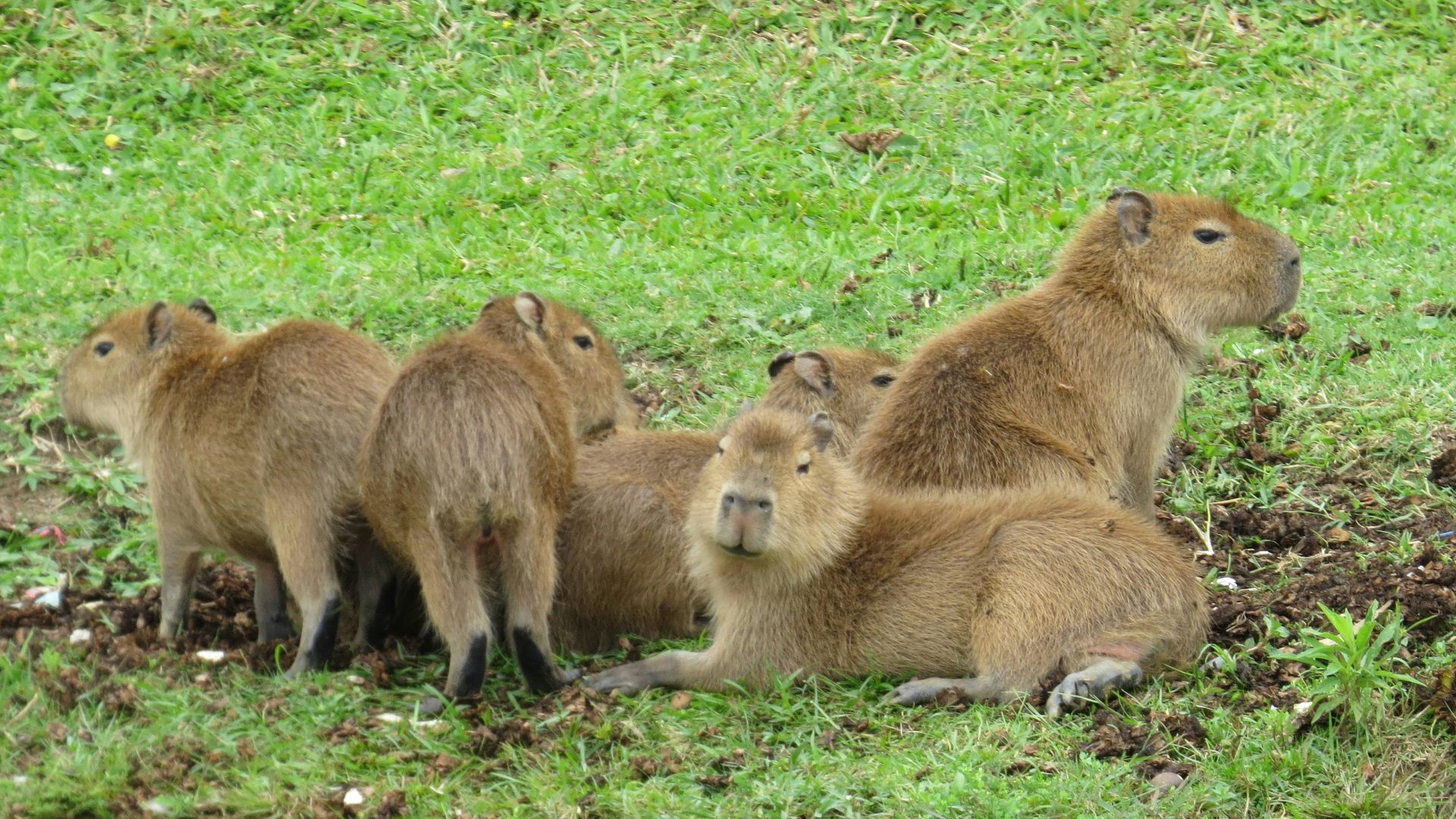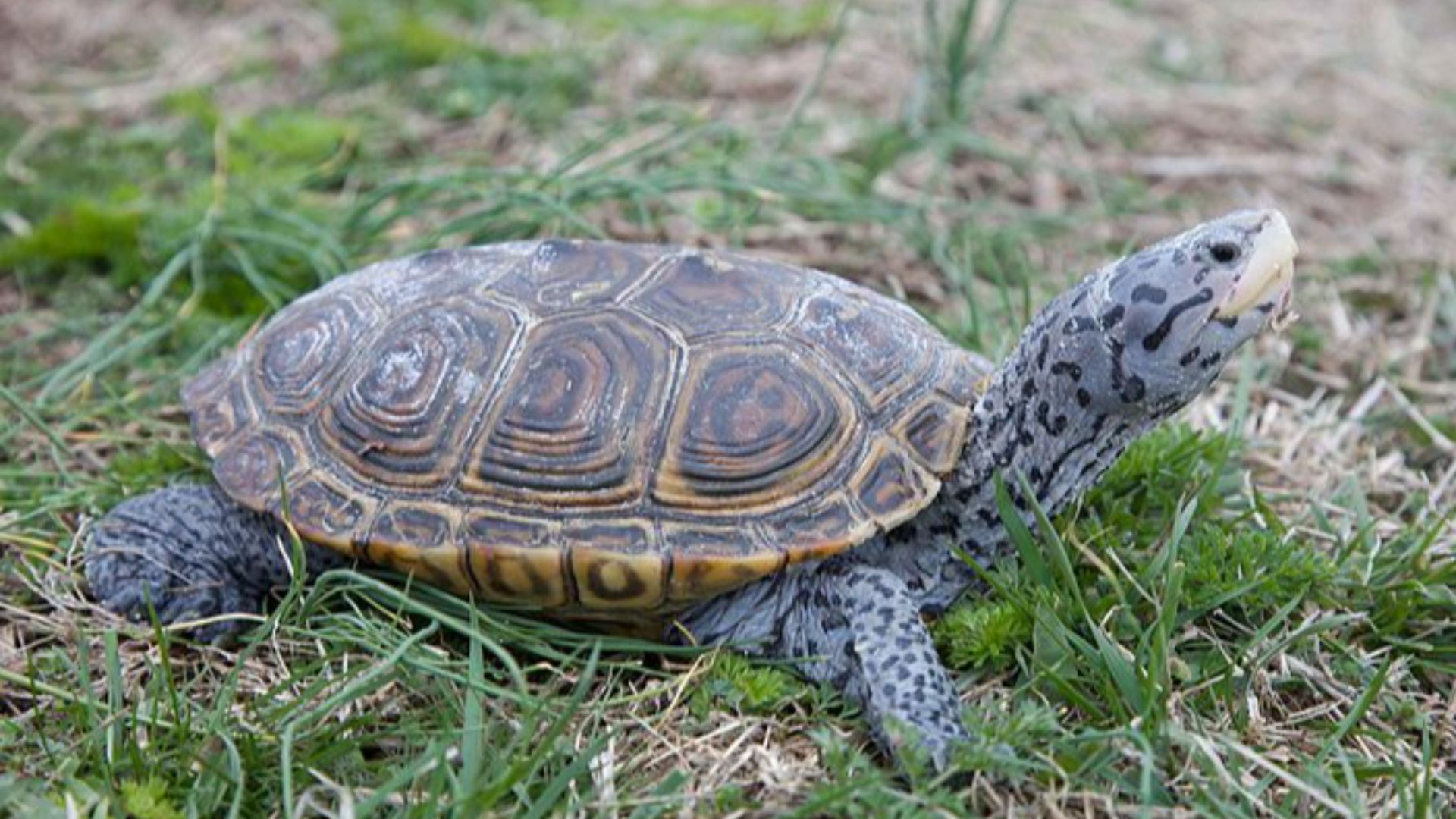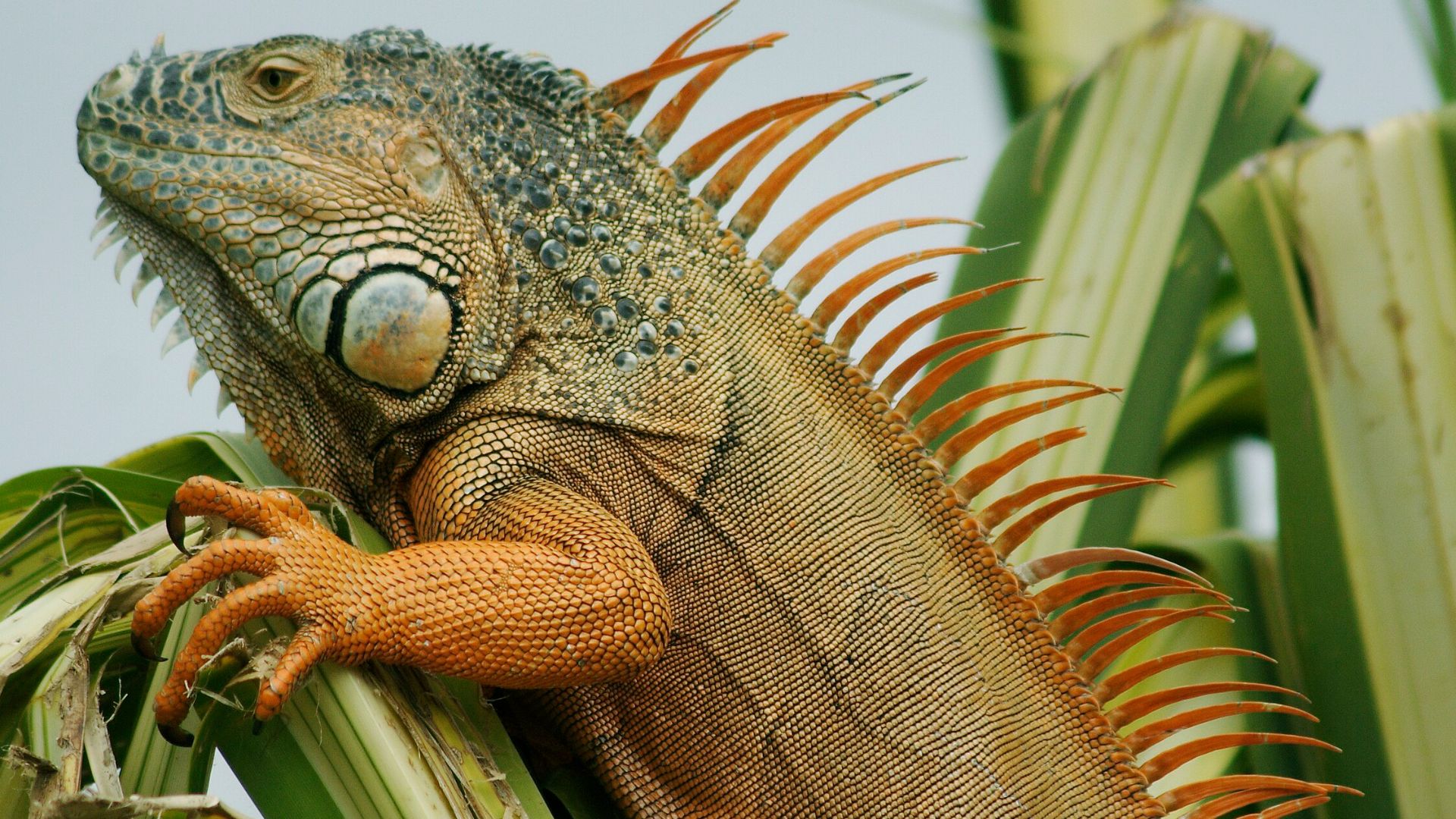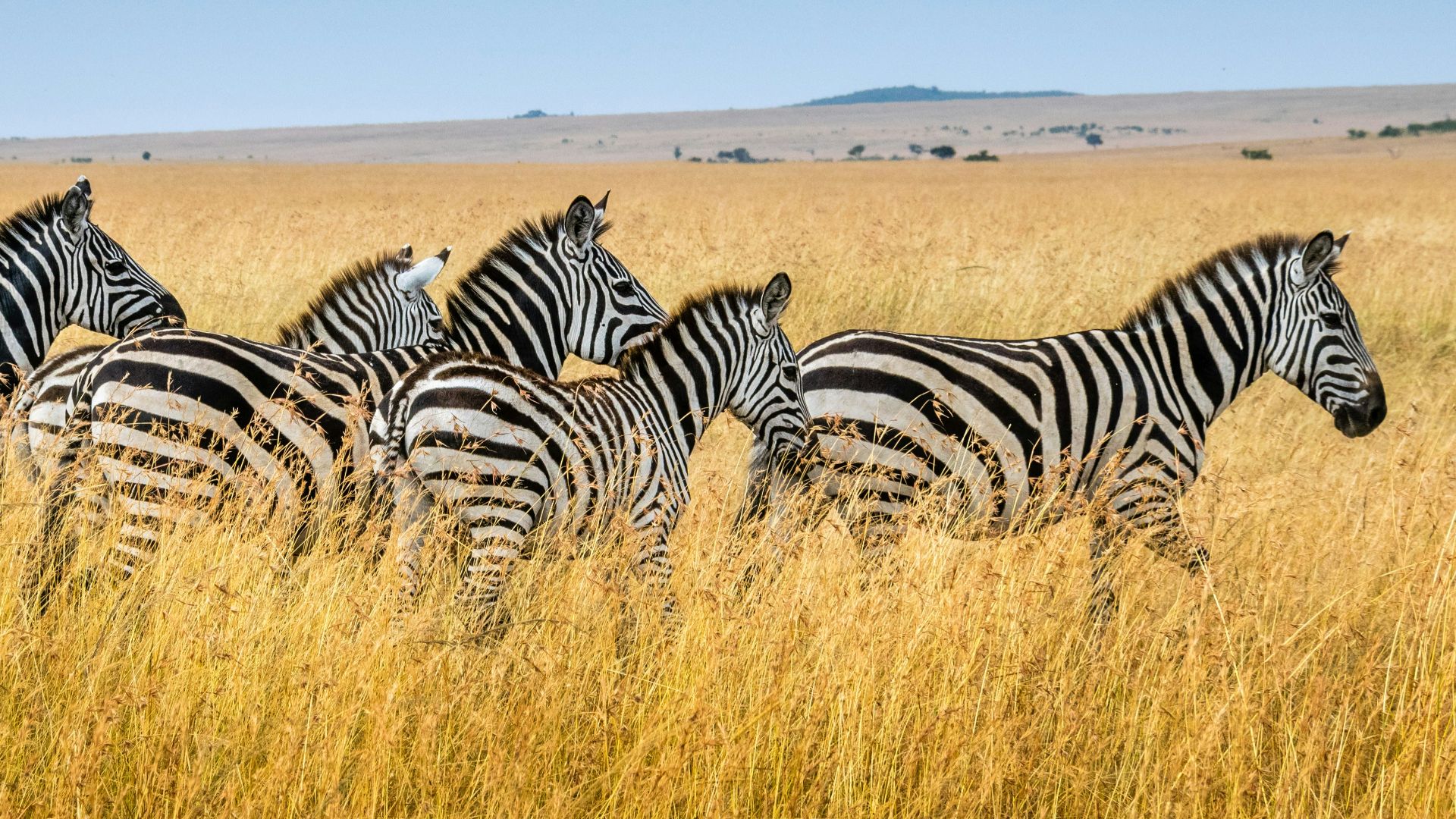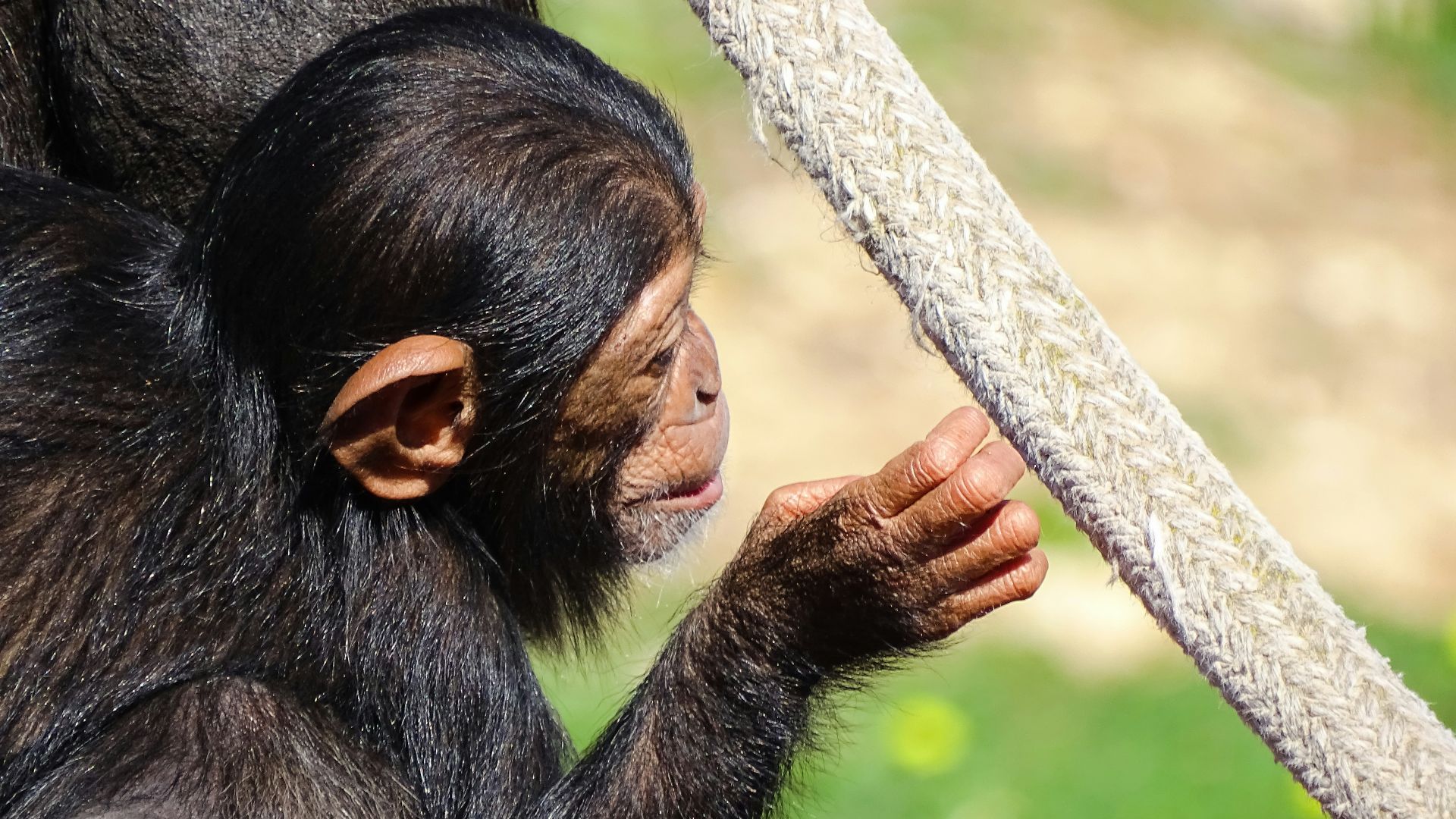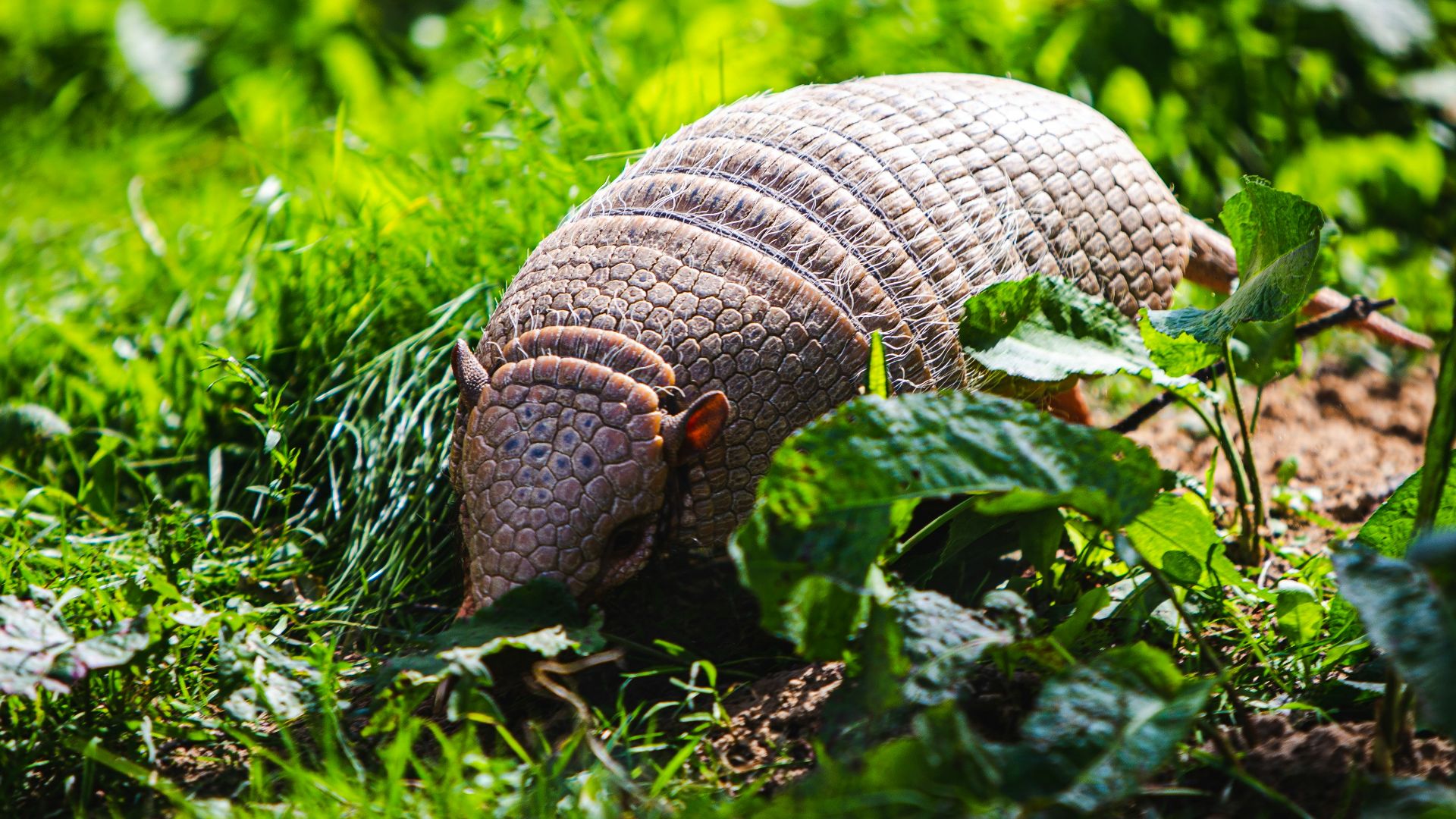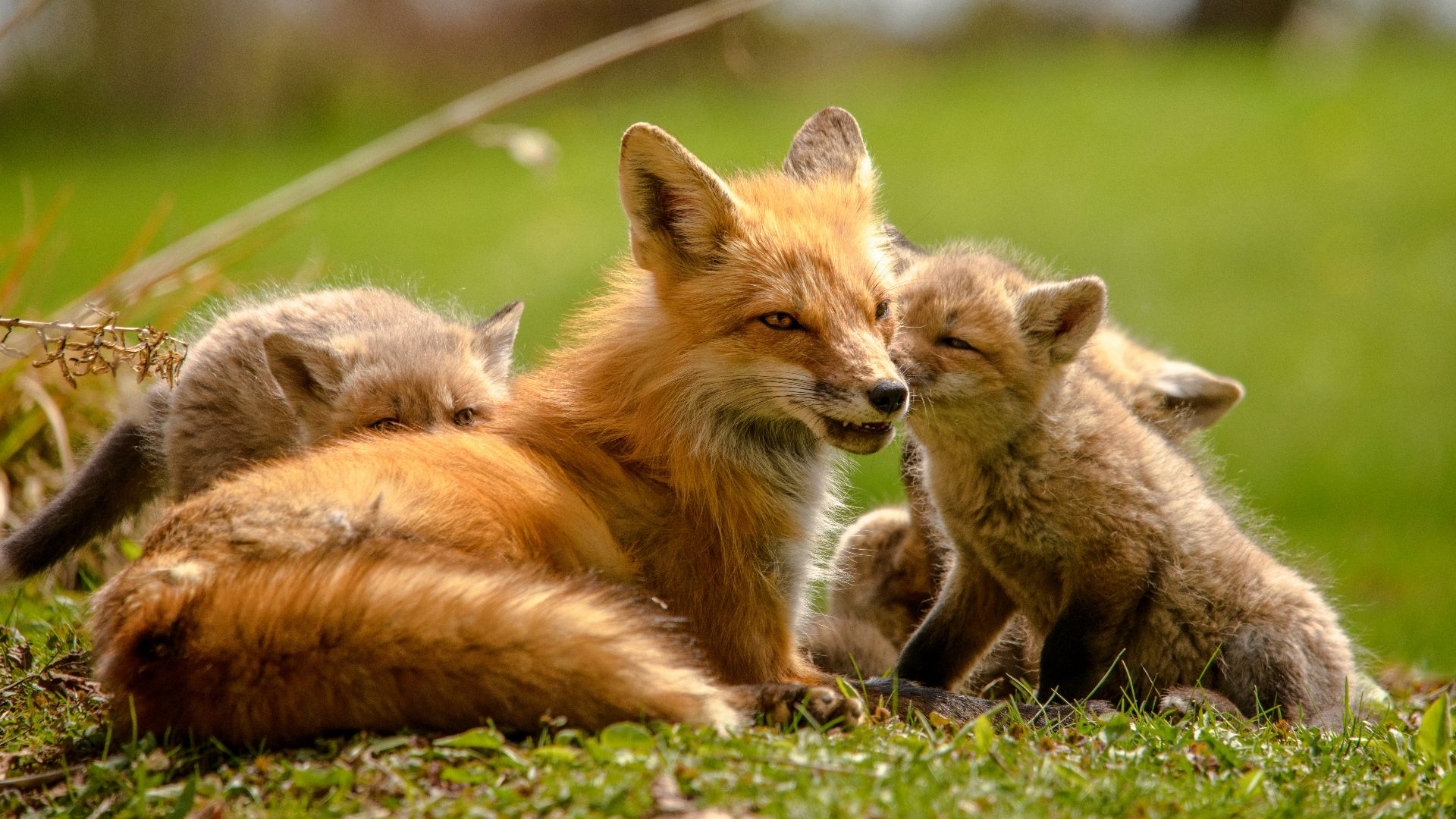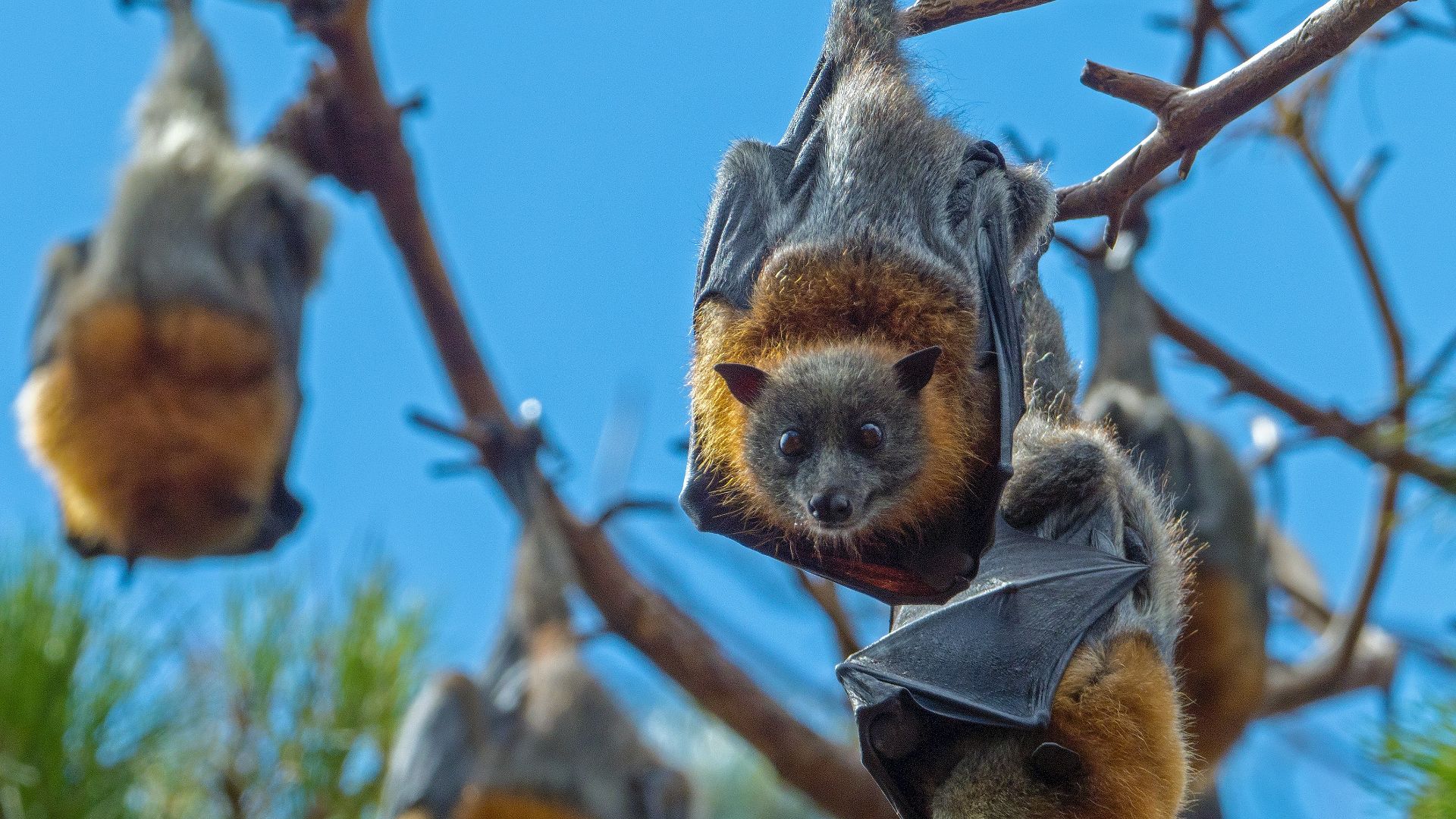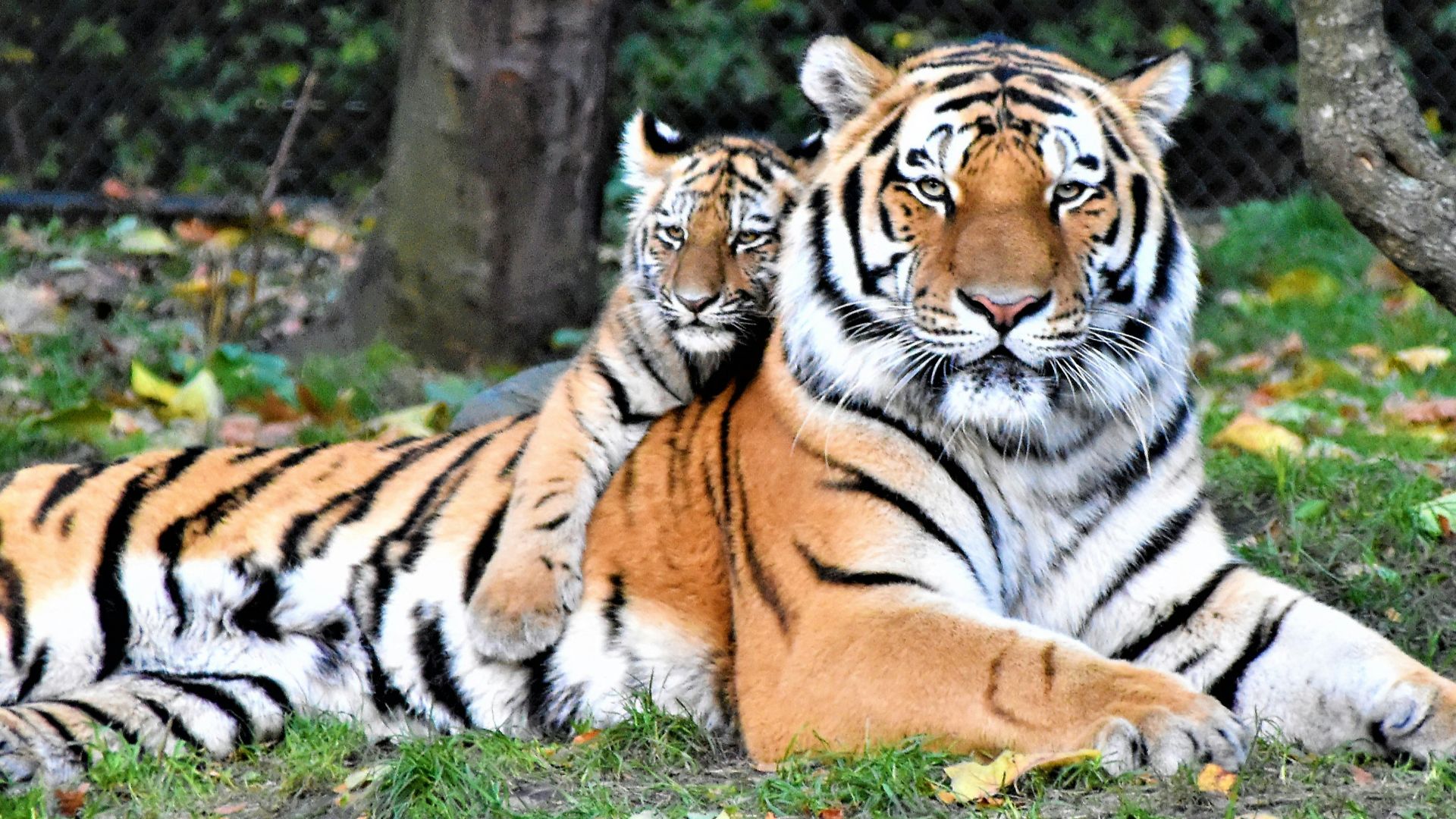Born to Stay Wild
While plenty of wild animals may look cute and harmless – that’s no excuse to bring them home. Not only is it often against the law, but most of these animals are downright dangerous and can make your life miserable.
1. Lemurs
Lemurs are cute and childlike, which can be very appealing to some people when it comes to choosing an exotic pet. This, however, comes with a few major setbacks. While cute, lemurs are very messy and scream a lot, all while being prone to rampages without warning.
2. Bears
Bear cubs remind most people of their teddy bears, making them want one as a pet. While they are in fact cute, they don’t stay small for long. Fully grown bears can weigh over 1,500 pounds and can seriously harm and hurt you just by being playful.
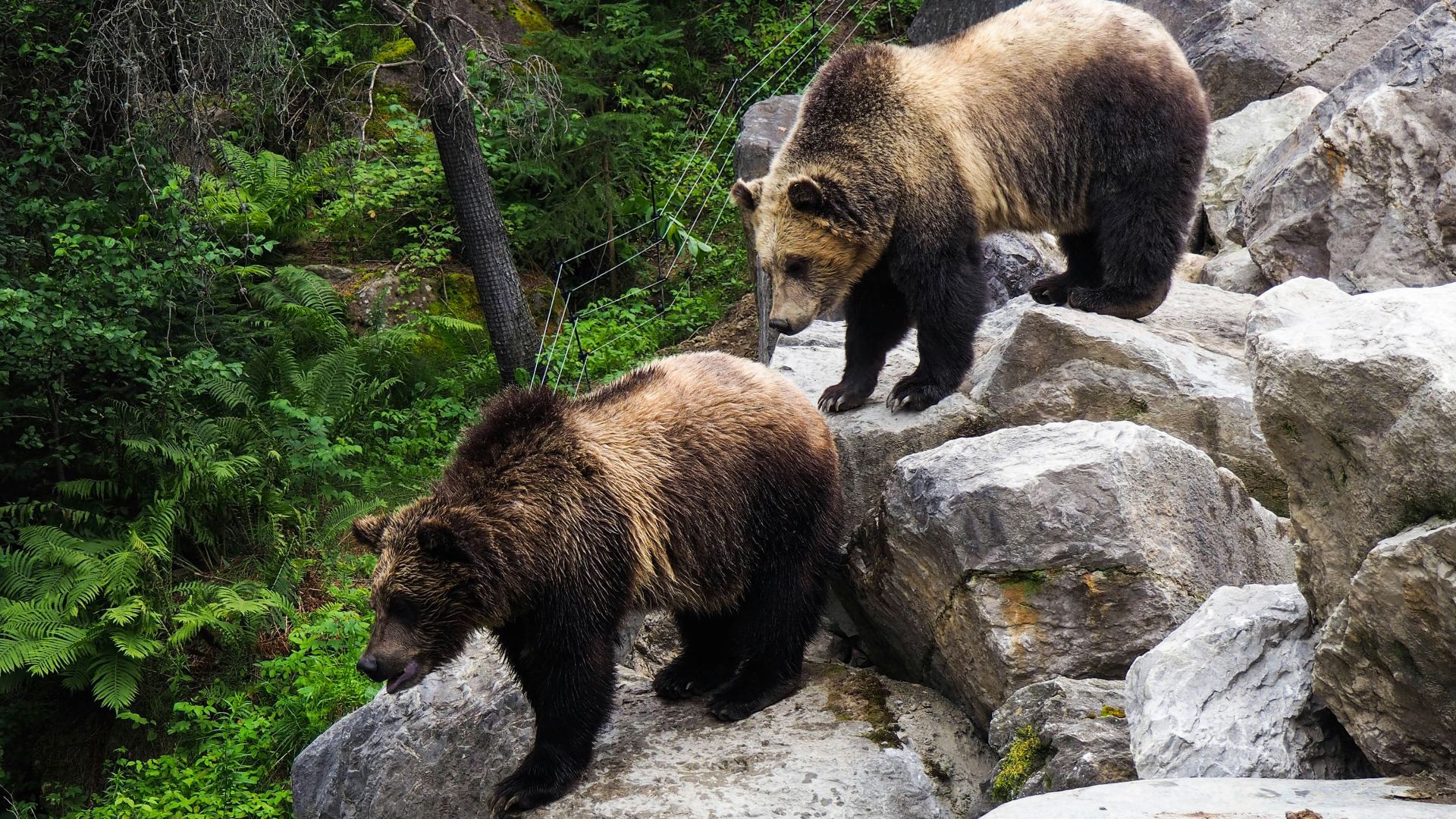 Céline Chamiot-Poncet on Unsplash
Céline Chamiot-Poncet on Unsplash
3. Venomous Snakes
Lots of people opt for a snake as their pet for many reasons. Choosing a venomous snake as a pet, however, can be a very dangerous and irresponsible thing to do. Not only are antivenoms hard to come by, but some snakes can cause immense pain and blindness with just a spray of their venom. Not only that, but if your venomous pet snake escapes, you are putting your family, as well as your neighbors, in danger.
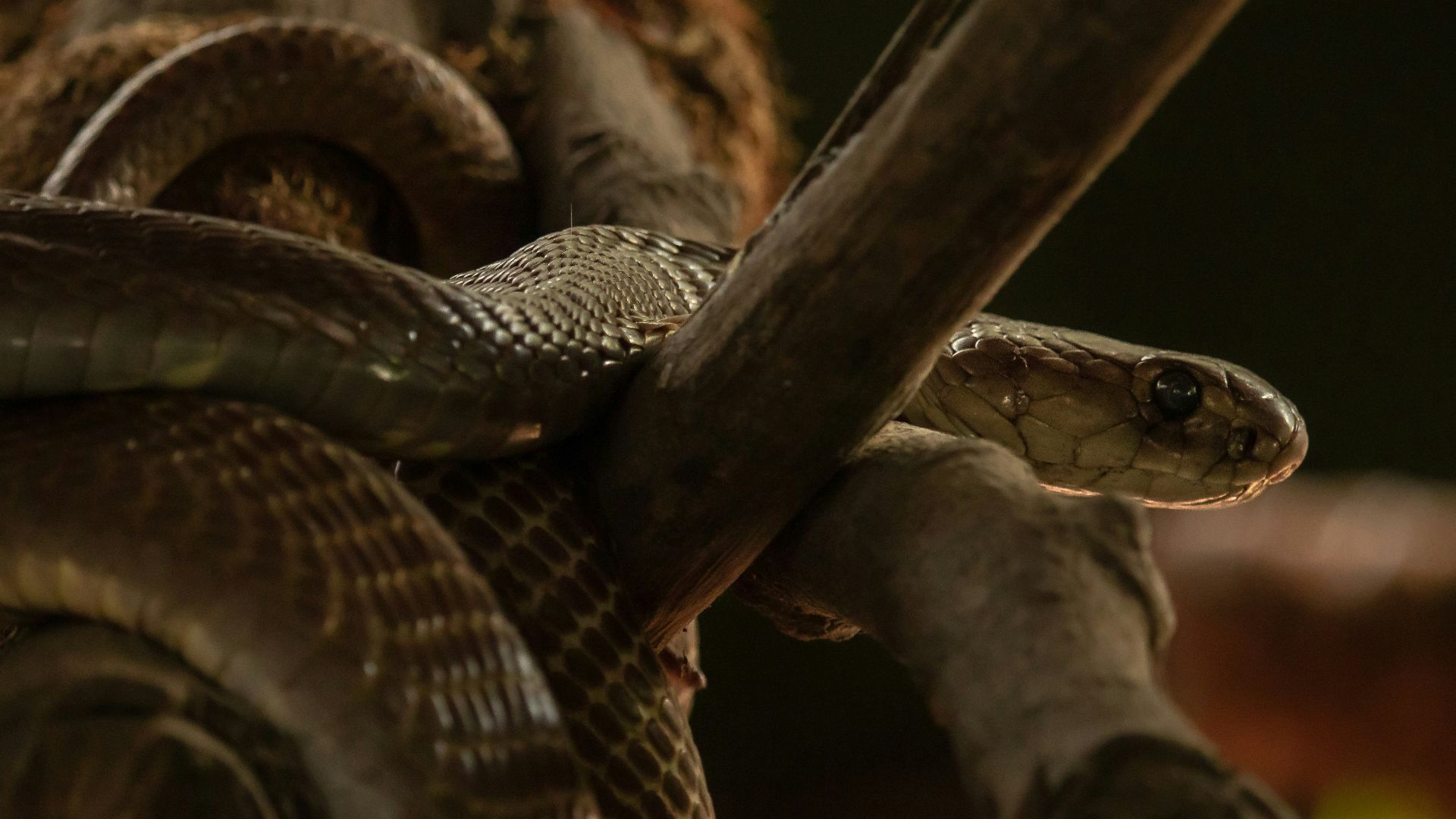 Harshit Suryawanshi on Unsplash
Harshit Suryawanshi on Unsplash
4. Wolves
Some people might think that a wolf is just a wild dog, which would make it a cute pet. Wolves are not domesticated and are a very dangerous animal to have as a household pet. They act on their instincts, hunt when they are hungry, and they will attack ruthlessly if they feel threatened.
5. Alligators
Alligators are one of the worst ideas when it comes to wild animal pets. They can reach over 15 feet in length and are incredibly dangerous as they are a predatory animal. They can do serious damage to anyone they choose to attack or bite, as their jaw force has been recorded to be around 2,000 pounds. You also don’t want to be near a male alligator during mating season, as they get incredibly aggressive, even more than usual.
6. Coatis
The coati is small and cute, and while being part of the raccoon family, they are not the best choice for a pet. They are very difficult to train and require constant mental stimulation. While it might not be as bad as some other animals, they do require an incredibly large enclosure to be able to roam and forage for their food.
7. Owls
Owls are cute and seem like they would be a great pet, that is until you realize what it means to take care of one. Most veterinarians are not trained in proper owl care and safety, even down to the basics of talon and beak maintenance. On top of that, owls are nocturnal, loud, and you would have to keep a steady supply of frozen rats, mice, or rabbits to feed your pet owl for the next 10 or so years.
8. Servals
The serval is a wild cat that resembles a bigger household feline, making it seem like it could be a good pet, but that’s far from the truth. They are solitary hunters that are active during the night just as much as they are during the day. With their diets consisting of rats, frogs, reptiles, small birds, and insects, it would be hard to keep them well-fed without letting them go out and hunt for themselves. When kept indoors or as pets, they tend to become very territorial and can be dangerous to even their owners.
9. Capybaras
Lots of people find capybaras to be incredibly cute and think of them as a good candidate for their house pet. However, the capybara has massive teeth that can do plenty of damage if they feel aggravated or threatened. They are also very reliant on other capybaras, as they like to talk and play with their kind, making it cruel to keep just one as a pet.
10. Diamondback Terrapin
The diamondback terrapin turtles are definitely a cute animal. Due to this, many people want one as a pet. Finding one in the wild and adopting it as a household pet can actually be a very bad idea, as diamondback turtles become very stressed and anxious in captivity. They become very sad, depressed, or sometimes even aggressive, and can end up with major health issues due to this.
11. Dingoes
Dingoes are wild dogs that are exactly that, wild. While some people think that they could take a dingo from their litter early enough to train and domesticate them, this can be trickier and more dangerous than it seems. No matter how well trained they are, the dingo is a wild animal with unpredictable behaviors and dangerous instincts.
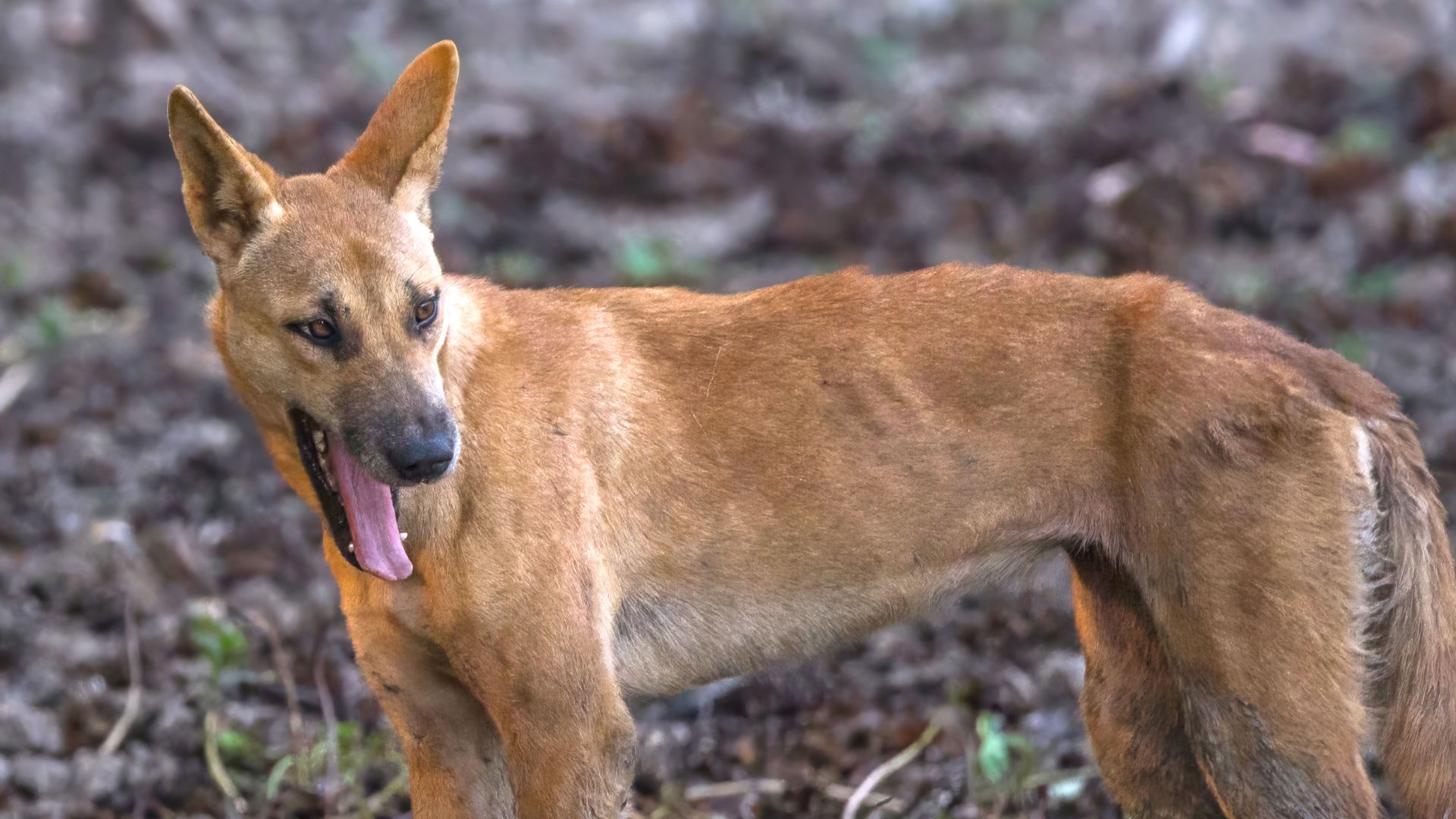 commons.wikimedia.org on Google
commons.wikimedia.org on Google
12. Green Iguanas
Green iguanas are a cute wild animal that many want as their pet. They are unfortunately not the best candidate for this, as they detest being touched or petted, and if they feel that they are in any sort of danger or they are being threatened in any way, they will attack with their tail and cause serious damage. On top of that, they are incredibly expensive to keep and care for, as you cannot just put them in an enclosure and forget about them.
13. Hermit Crabs
Having a hermit crab as a pet may seem like a fun idea, but you might not be taking the animal's feelings into account if you think that. The hermit crab is an extremely social creature, despite its name, and it requires others of its kind to have the best life that they can. Putting one in a tank or even as little as mismanaging the temperature they live in could be fatal to them.
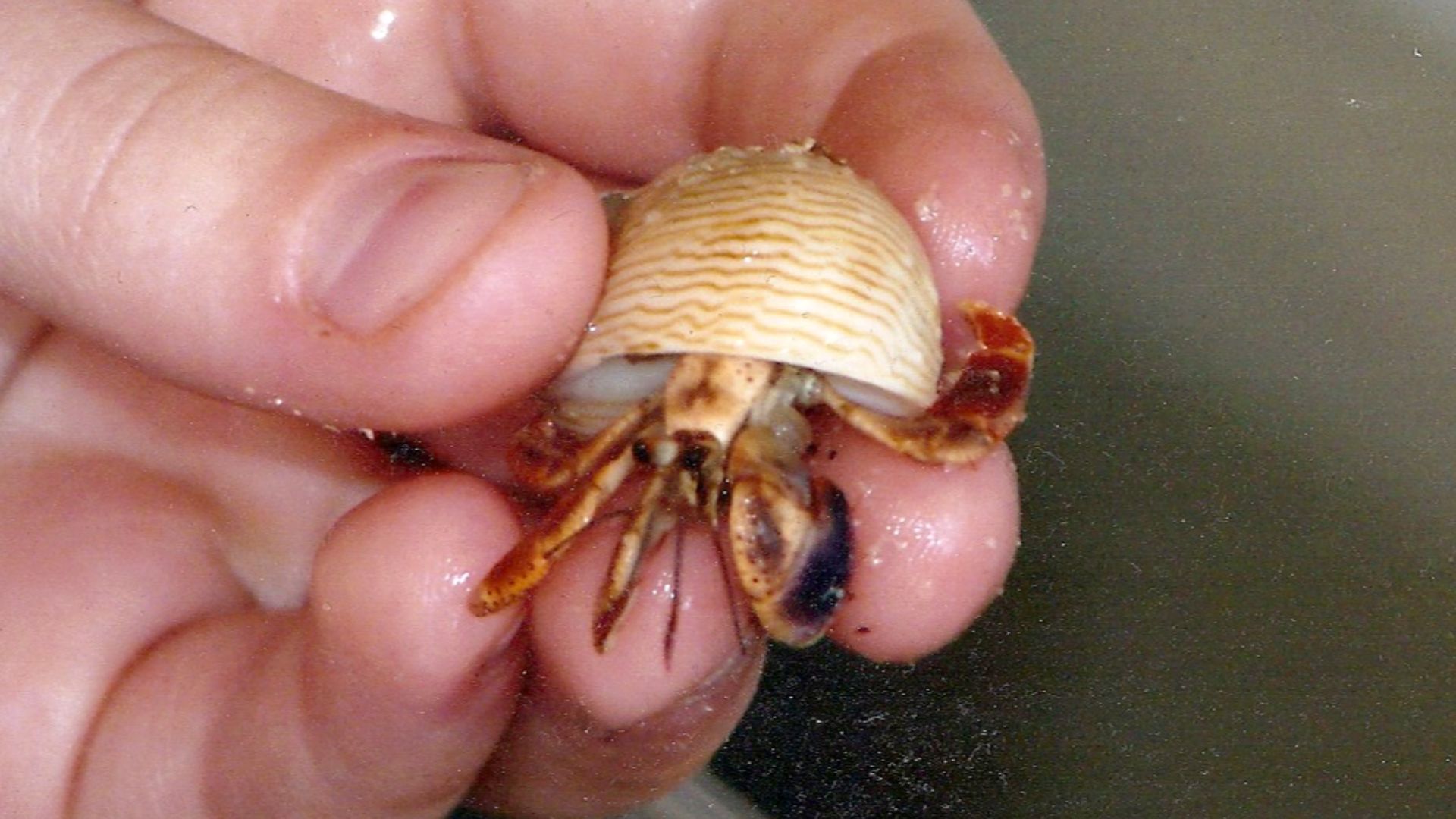 commons.wikimedia.org on Google
commons.wikimedia.org on Google
14. Zebras
While zebras are incredibly cute and majestic, they are nothing like the horses we keep in stalls. Zebras are too wild to be tamed and have very specific needs. They cannot be ridden, their bite is incredibly dangerous and can cause severe damage, and their kick is stronger than a horse’s, making it destructive and a hazard to keep as a pet.
15. Chimpanzees
Chimpanzees are very cute and intelligent, but they make very bad pets. In order for the chimpanzee to become a suitable pet, you would have to take it from its mother very early, making the mother devastated and emotionally scarred for life. If that wasn’t enough, as they mature, the chimpanzees need constant care or they become aggressive and even bite off fingers of their owners to show displeasure.
16. Armadillos
Armadillos are very cute, but not household pet material by any means. They carry parasites and are prone to diseases like malaria and leprosy. If that wasn’t enough to convince you not to get one as a pet, they also require lots of space to dig and roam, not to mention their super sharp claws that will definitely destroy any furniture or patios they are put next to.
17. Foxes
While some species of foxes have been domesticated, the wild fox is not recommended as a household pet. Red foxes can be quite tame, but they are never fully trustworthy, as they are in fact a wild animal with instincts for survival. If threatened, wild foxes will bite, as well as leave a very pungent odor that is incredibly nauseating and disruptive for a pet.
18. Kinkajous
Kinkajous are small and cute animals that might seem like a good choice for a pet. While they are small, their teeth are very sharp and they are incredibly active. This might not sound too bad, until you realize they are nocturnal creatures and are known to get aggressive, especially if woken up during the day, while screaming very loudly and high-pitched right before they attack with their sharp claws.
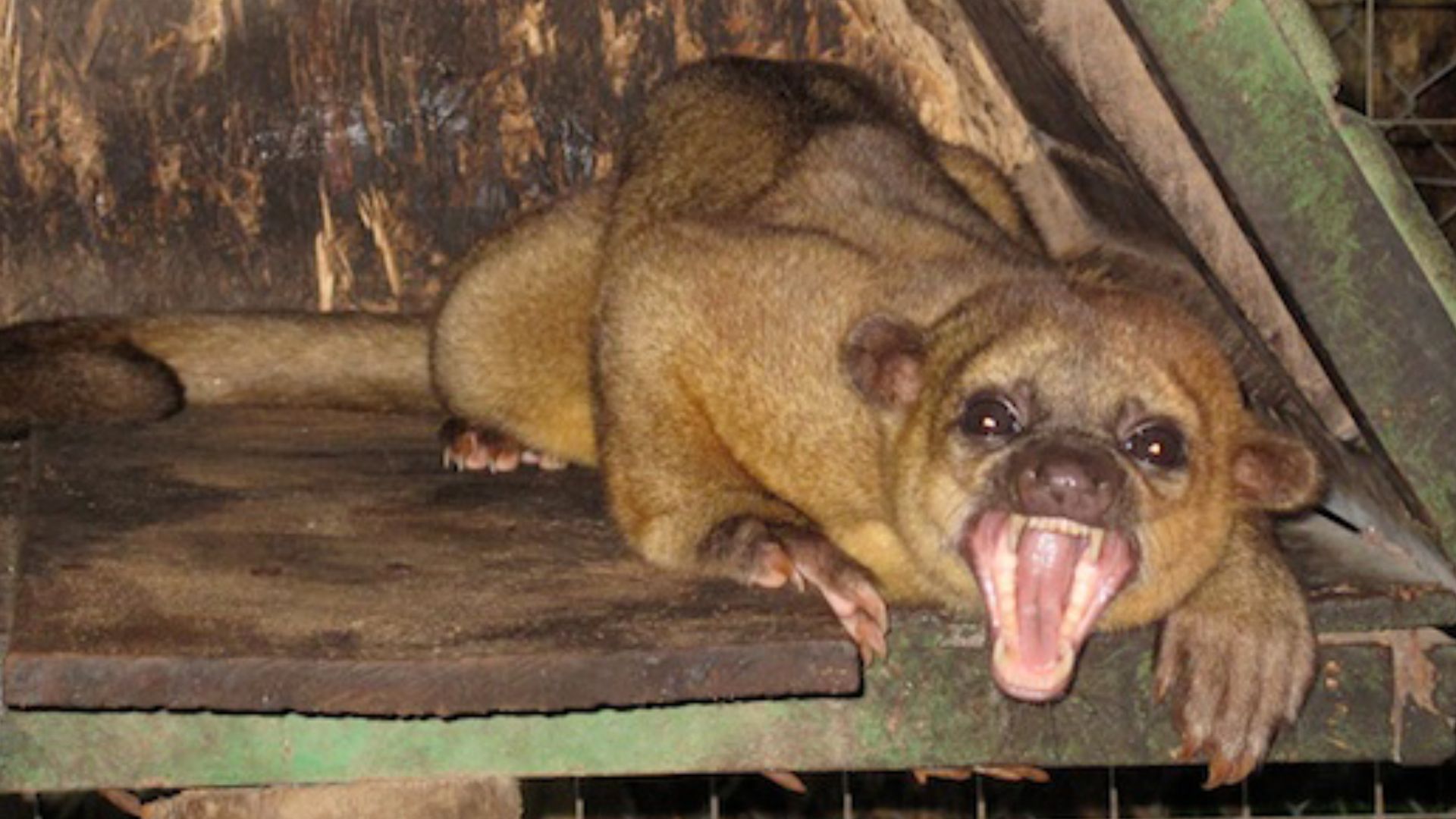 commons.wikimedia.org on Google
commons.wikimedia.org on Google
19. Bats
While bats are tiny and can definitely be cute, you might want to rethink having them as a pet. They carry rabies and SARS, fly all night long, sleep all day, and have very sharp teeth. With all of that already being difficult to deal with, their diet is very specific and off-putting to many people, and they spend months in hibernation during the colder parts of the year.
20. Tigers
Some might think that tigers are just large cats, and if you get them as a cub you can train them to behave. Tigers are wild animals and are very hard to control, even going as far as randomly attacking their owner for territorial dominance. Declawing the pet tiger wouldn’t really be a solution when it comes to making them less dangerous, as they are incredibly strong and can overthrow pretty much any human, and it also requires removing the entire last bone in each toe, making the tiger walk improperly and have tremendous pain and nerve damage.


